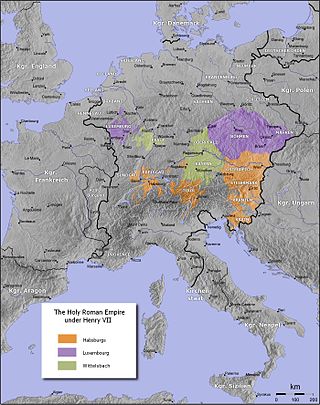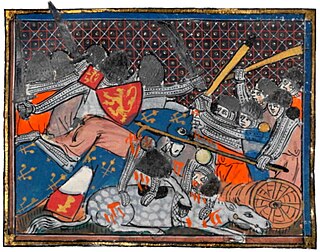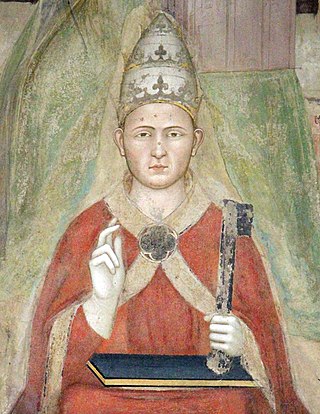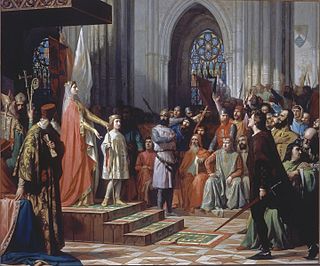
Year 1299 (MCCXCIX) was a common year starting on Thursday of the Julian calendar.
The 1200s began on January 1, 1200, and ended on December 31, 1209.
The 1300s was a decade of the Julian Calendar that began on 1 January 1300 and ended on 31 December 1309.
The 1310s was a decade of the Julian Calendar which began on January 1, 1310, and ended on December 31, 1319.

Year 1313 (MCCCXIII) was a common year starting on Monday of the Julian calendar.

Year 1308 (MCCCVIII) was a leap year starting on Monday of the Julian calendar.
The 1240s was a decade of the Julian Calendar which began on January 1, 1240, and ended on December 31, 1249.
The 1290s was a decade of the Julian Calendar which began on January 1, 1290, and ended on December 31, 1299.

Year 1301 (MCCCI) was a common year starting on Sunday of the Julian calendar.

Year 1302 (MCCCII) was a common year starting on Monday of the Julian calendar.

Year 1304 (MCCCIV) was a leap year starting on Wednesday of the Julian calendar.

Year 1305 (MCCCV) was a common year starting on Friday of the Julian calendar.

Year 1306 (MCCCVI) was a common year starting on Saturday of the Julian calendar.

Year 1309 (MCCCIX) was a common year starting on Wednesday of the Julian calendar.

Year 1310 (MCCCX) was a common year starting on Thursday of the Julian calendar.

Year 1316 (MCCCXVI) was a leap year starting on Thursday of the Julian calendar.

Year 1298 (MCCXCVIII) was a common year starting on Wednesday of the Julian calendar.

Year 1295 (MCCXCV) was a common year starting on Saturday of the Julian calendar.

Year 1290 (MCCXC) was a common year starting on Sunday of the Julian calendar.

Year 1266 (MCCLXVI) was a common year starting on Friday of the Julian calendar.















